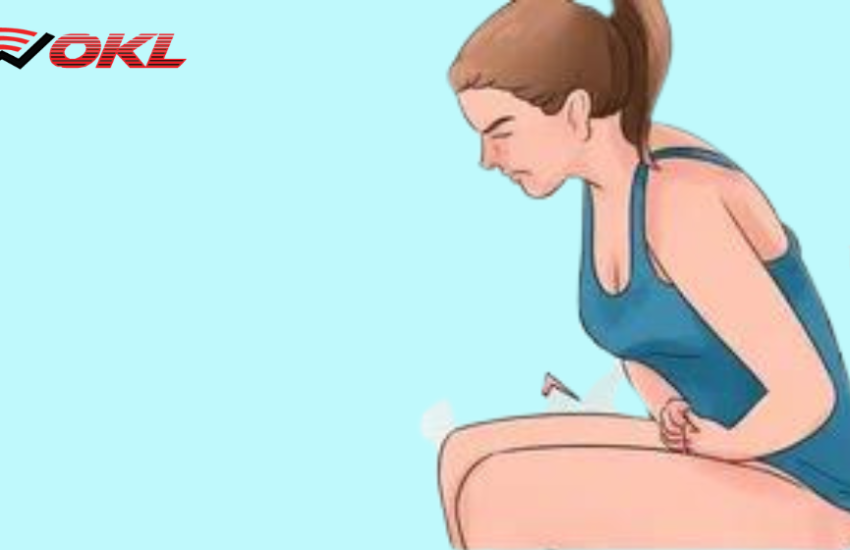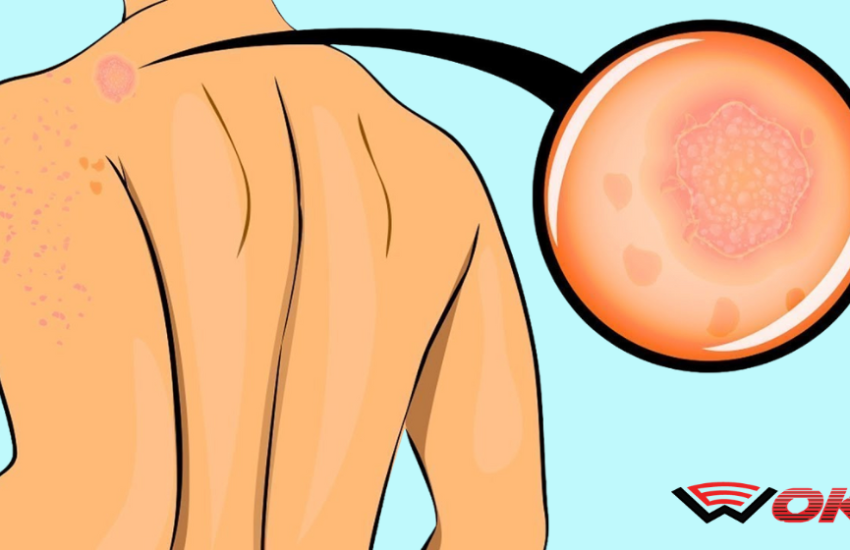How Your Sleeping Position Affects Your Health
On average, we spend about 25 years of our lives asleep, highlighting the vital role of quality rest in our overall health. Sleep not only rejuvenates the body but also enhances brain function.
Given how precious time is, maximizing the benefits of our sleep is essential. This article explores various sleeping positions to help you find the most suitable one for you. Here’s an overview:
1. Soldier Position
In this position, you lie flat on your back with your arms by your sides, similar to the Savasana pose in yoga. This position offers several health benefits.
Pros:
- Provides solid support for the spine, neck, and arms.
- Improves overall posture.
- Reduces acid reflux.
- Maintains breast firmness.
- Aids in combating insomnia.
- Lowers headache frequency.
- Helps prevent facial wrinkles.
Cons:
- Might exacerbate snoring for individuals with sleep apnea.
- May not be ideal during pregnancy.
- Could lead to lower back discomfort.
Solutions:
- Consider sleeping without a pillow to maintain a neutral body alignment and potentially lessen snoring.
- Use a large pillow under your knees to support your lower back’s natural curve.
2. Starfish Position
In this position, you lie on your back with your arms extended beside your head.
Pros:
- Offers excellent support for the spine and neck.
- Helps alleviate insomnia.
- Reduces headache frequency.
- Lessens acid reflux by keeping the head elevated.
- Prevents facial wrinkles and skin breakouts.
Cons:
- May worsen snoring for those with sleep apnea.
- The arm position might cause shoulder nerve pain.
- Can lead to lower back pain.
Solutions:
- Avoid using a pillow to allow natural alignment of your head, neck, and spine.
3. Log Position
Here, you sleep on your side with your arms straight down. Left-side sleeping is particularly beneficial.
Pros:
- Supports the natural curve of the spine.
- Prevents back and neck pain.
- Reduces snoring and sleep apnea.
- Ideal for pregnant women.
Cons:
- May cause back or hip pain due to inadequate leg support.
- Side sleeping might contribute to skin aging and sagging breasts.
- Can result in neck discomfort.
Solutions:
- Use a large pillow to support your neck.
- Place a pillow between your thighs to support the top leg.
4. Yearner Position
In this position, you lie on your left side with arms extended forward, which helps rest vital organs.
Pros:
- Prevents neck and back pain.
- Reduces acid reflux.
- Lessens sleep apnea and snoring.
- Eases heartburn.
- Enhances brain waste clearance, lowering the risk of neurodegenerative disorders.
Cons:
- Can restrict blood flow and put pressure on nerves, causing shoulder and arm pain.
- May strain internal organs.
- Potential for saggy breasts and skin aging.
Solutions:
- Use a satin pillowcase to minimize facial wrinkles.
- Place a pillow between your knees to support the upper leg.
5. Fetal Position
This common position involves curling up with knees drawn towards the chest and chin tucked in. Sleeping on the left side is especially recommended for its benefits.
Pros:
- Significantly reduces snoring.
- Preferred for pregnant women.
- Helps with acid reflux.
Cons:
- Excessive curling can strain the neck and back.
- Similar to other side-sleeping positions, it may contribute to skin wrinkles and saggy breasts.
Solutions:
- Use a firm pillow for head support.
- Alternate sides during the night to balance body stress.
6. Freefall Position
Sleeping on your stomach is generally not advised.
Pros:
- Sometimes reduces snoring.
Cons:
- Can strain the spine, leading to neck and lower back pain.
- Limits blood flow to the face, resulting in wrinkles.
- Puts unnatural stress on internal organs.
Selecting the right sleeping position can greatly influence your health and well-being. Explore these options to find the one that works best for you.



